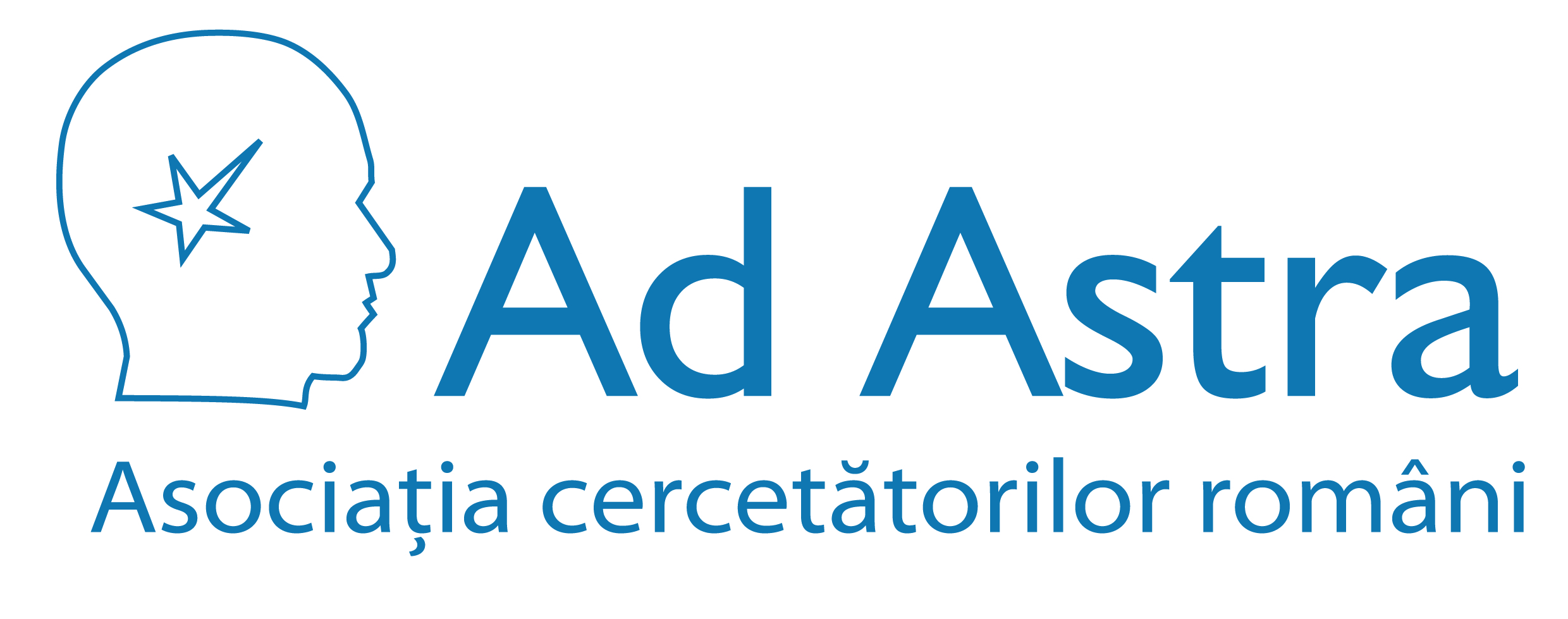Scopul nostru este sprijinirea şi promovarea cercetării ştiinţifice şi facilitarea comunicării între cercetătorii români din întreaga lume.
Staff Login
Different respiratory control systems are affected in homozygous and heterozygous kreisler mutant mice
Domenii publicaţii > Biologie + Tipuri publicaţii > Articol în revistã ştiinţificã
Autori: Chatonnet F, del Toro ED, Voiculescu O, Charnay P, Champagnat J.
Editorial: Eur J Neurosci., 15(4), p.684-692, 2002.
Rezumat:
During embryonic development, restricted expression of the regulatory genes Krox20 and kreisler are involved in segmentation and antero-posterior patterning of the hindbrain neural tube. The analysis of transgenic mice in which specific rhombomeres (r) are eliminated points to an important role of segmentation in the generation of neuronal networks controlling vital rhythmic behaviours such as respiration. Thus, elimination of r3 and r5 in Krox20–/– mice suppresses a pontine antiapneic system (Jacquin et al., 1996). We now compare Krox20–/– to kreisler heterozygous (+/kr) and homozygous (kr/kr) mutant neonates. In +/kr mutant mice, we describe hyperactivity of the antiapneic system: analysis of rhythm generation in vitro revealed a pontine modification in keeping with abnormal cell specifications previously reported in r3 (Manzanares et al., 1999b). In kr/kr mice, elimination of r5 abolished all +/kr respiratory traits, suggesting that +/kr hyperactivity of the antiapneic system is mediated through r5-derived territories. Furthermore, collateral chemosensory pathways that normally mediate delayed responses to hypoxia and hyperoxia were not functional in kr/kr mice. We conclude that the pontine antiapneic system originates from r3r4, but not r5. A different rhythm-promoting system originates in r5 and kreisler controls the development of antiapneic and chemosensory signal transmission at this level.
Cuvinte cheie: hindbrain segmentation, respiration, rhythm generation
URL: http://www.blackwell-synergy.com/doi/full/10.1046/j.1460-9568.2002.01909.x?cookieSet=1

